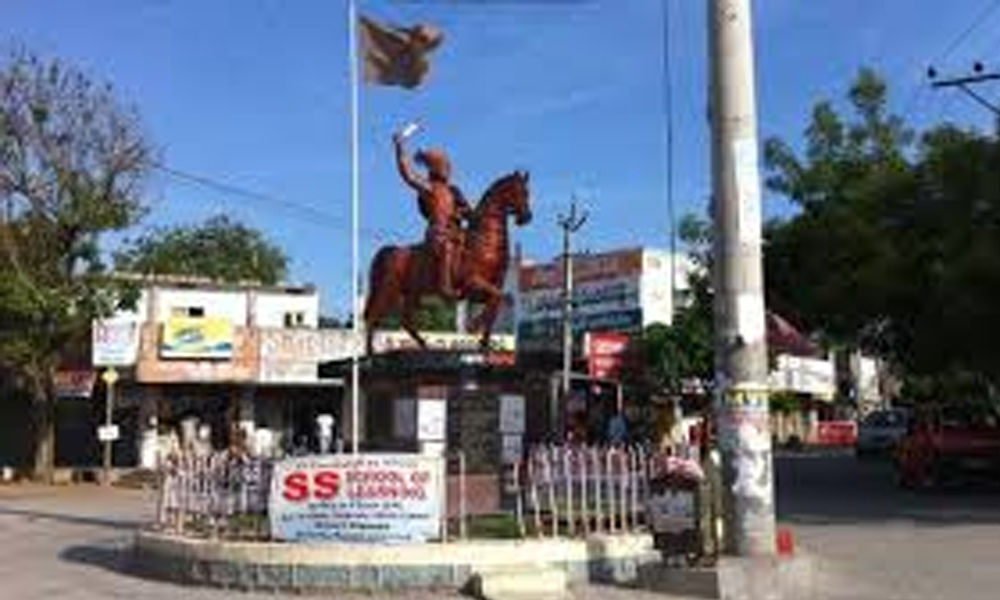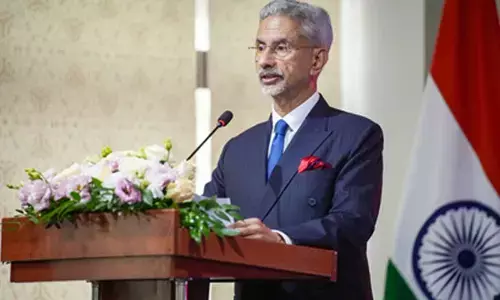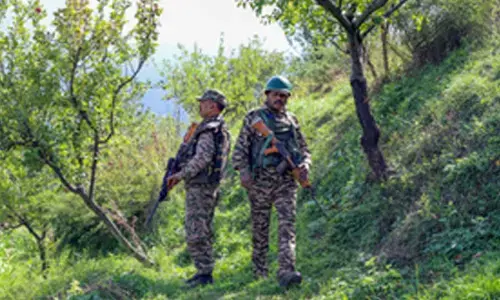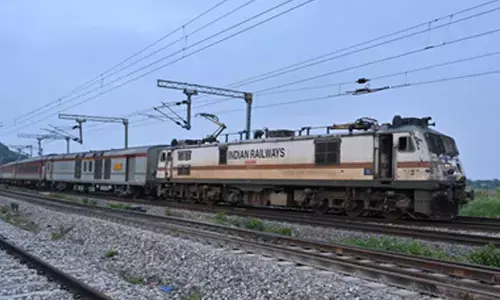How 1996 Nalgonda LS polls created ripples in the country
 How 1996 Nalgonda LS polls created ripples in the country
How 1996 Nalgonda LS polls created ripples in the countryThe people of Nalgonda, who spearheaded the Telangana armed struggle and agitation for separate Statehood, have left no stone unturned to bring their problems to the notice of the rulers from time to time.
Nalgonda: The people of Nalgonda, who spearheaded the Telangana armed struggle and agitation for separate Statehood, have left no stone unturned to bring their problems to the notice of the rulers from time to time.
Using 1996 Parliament elections as a dais to highlight the water woes and government's Nelson eye towards the Nalgonda region and its problems, people from all walks of life, particularly famers, filed a record number of 480 nominations for Nalgonda MP seat under the guidance of Jala Sadhana Samithi.
While 537 candidates, including 66 women, had filed their nominations from Nalgonda constituency in 1996 Lok Sabha elections, 35 nominations were rejected, 22 candidates withdrew from the contest while the remaining 480 candidates, including 60 women, remained in the poll fray. Among the contestants, 306 belonged to Scheduled Castes and 80 belonged to Scheduled Tribes. Only six candidates from recognised parties were in the fray while the rest of the candidates were independents.
This was the highest number of candidates that ever contested a Lok Sabha election from a single constituency. Second came was Karnataka's Belgaum, where 456 candidates contested the polls.
The record number of nominations for Nalgonda seat not only grabbed the attention of both the nation and the Election Commission, but also led to election reforms and water reforms in the country. Special boxes were designed by the Election Commission to drop the big ballot for voters.
The EC was forced to put off the election for Nalgonda MP seat by one month and had to reschedule for May 27, 1996 as it had difficulty in allotting poll symbols to the record number of candidates.
The counting of votes went on for a couple of days and the Communist Party of India's candidate Dharma Biksham, who was at 313 number in the biggest ballot paper, won the election with 71,757 majority votes over BJP candidate Nallu Indrasena Reddy. As many as 8,51,118 (59,6 %) voters exercised their right.
As per the Section 34 (1) (a) of Representation of People's Act, 1951, every candidate is required to make a security deposit of a certain specified amount to contest a Lok Sabha or Assembly constituency. This amount was subsequently increased after 1996 elections.
In 1996 and before, the security deposit for Lok Sabha election was Rs 500 for general candidates and 250 for SC/ST candidates, whereas security deposit for Assembly election was Rs 250 for general candidates and 125 for SC/ST candidates. Now, the security deposit for Lok Sabha election has been enhanced to Rs 25,000 for general candidates and Rs 10,000 for SC/ST candidates.
Similarly, for Assembly election, the security deposit has been enhanced to Rs 10,000 for general candidates and Rs 5,000 for SC/ST candidates. Speaking to The Hans India, Jala Sadhana Samithi founder president Dusharla Satyanarayana, who lost his job for initiating the agitation for water against the government, has explained the whole episode of 1996 Nalgonda Lok Sabha election and informed that farmers of Nalgonda district succeeded in drawing the attention of the Centre to the issue of early implementation of the Srisailam Left Bank Canal project and drinking water supply scheme to the flouride-hit villages in the district by filing large number of nominations in that election. He further informed that 1996 Nalgonda MP seat not only brought election reforms, but also water reforms in the nation.




















